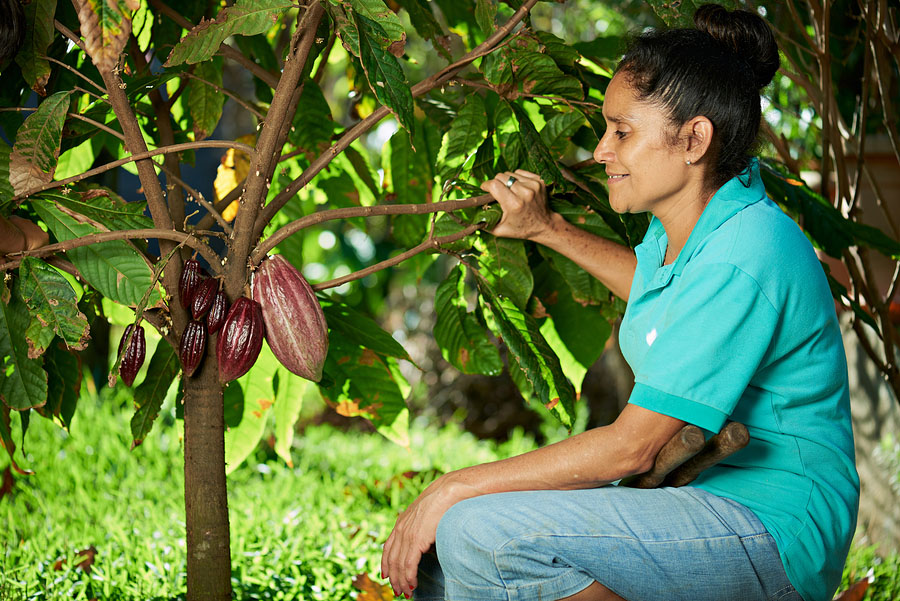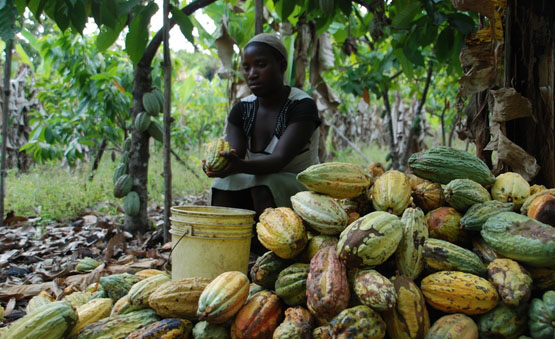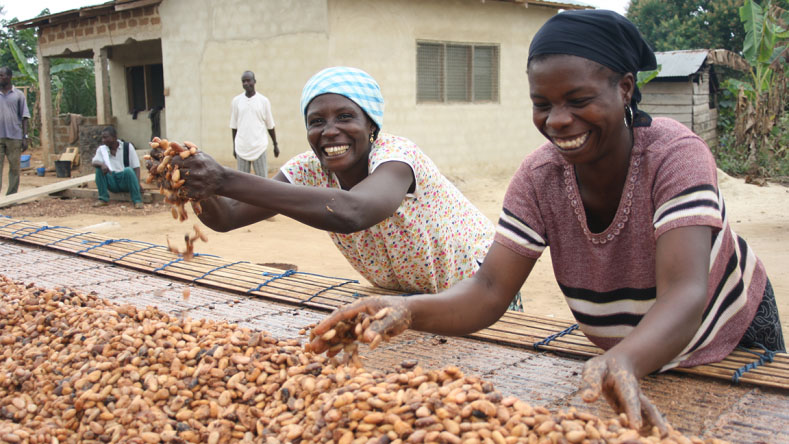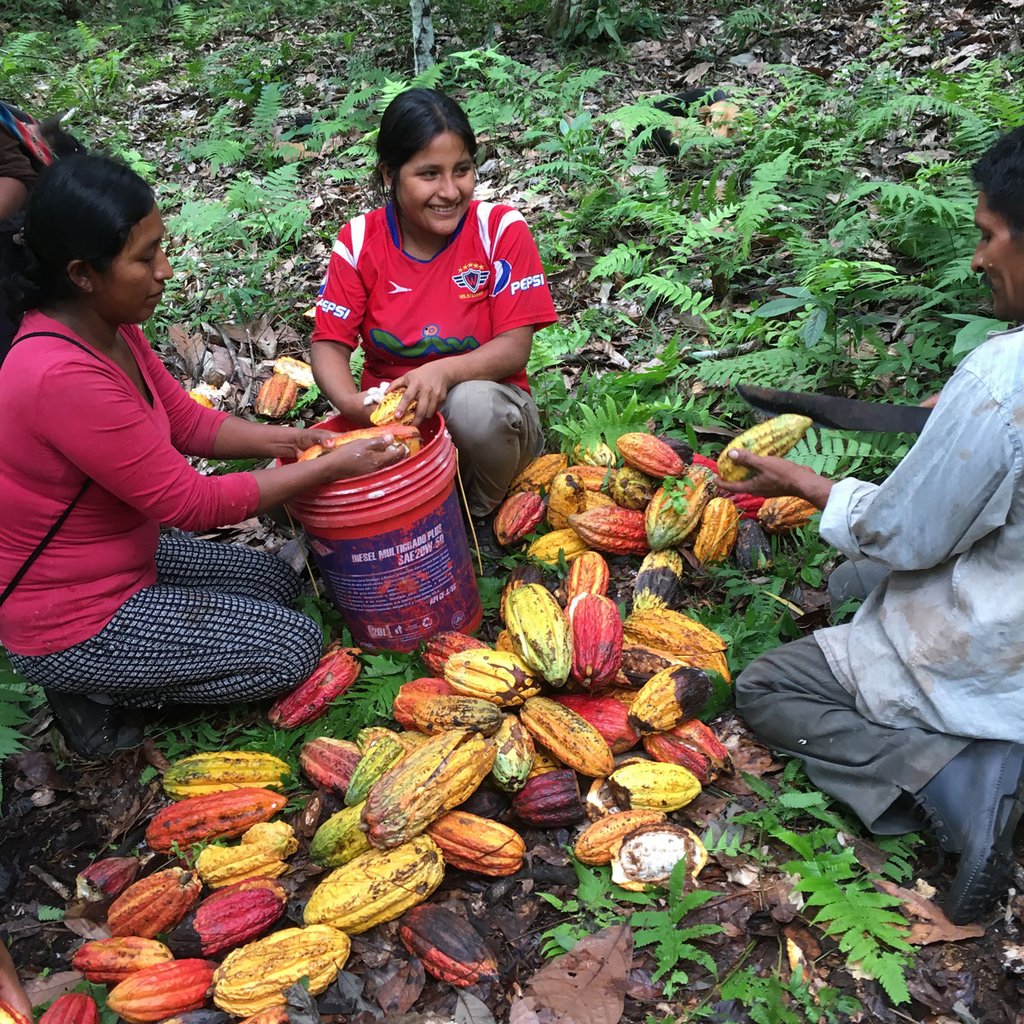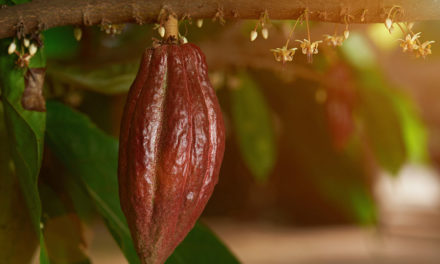by Rene Zimbelman
Here at Chocolate Connoisseur, we’ve certainly addressed the topic of child slave labor in the cacao industry before. It’s a significant problem in the chocolate world, but we haven’t talked about how that problem connects to issues facing women who work within the cacao supply chain. Sadly, gender inequality in cacao farming exists.
As I dug deeper into the struggles female cacao farmers experience, I couldn’t help but think that some of their trials and tribulations are somewhat universal to women. Although we’ve certainly made incredible strides with gender equality, over the past century in particular, we still have a long way to go.
A Worldwide Fight for Equality
According to a 2016 BBC article, the World Economic Forum reports that men do 34% more paid work than women. Women still spend more of their time on unpaid work such as housework, childcare and elder care.
Yet interestingly, and unfortunately, according to oxfamerica.org (an organization which focuses on injustices causing poverty), women in cocoa-producing communities work an average of 20 hours a week more than men — due to cooking, cleaning, caring for children and procuring water, in addition to their agricultural labor. And according to the World Cocoa Foundation, within agriculture in general, women perform 66 % of the world’s work and produce 50% of the food, yet only manage 10% of the income and only own 1% of the property.
Welcome to a level of inequality that absolutely screams for change.
Gender Inequality in Cacao
Within the cacao industry specifically, the issues surrounding gender inequality are complex and inter-related. In fact, as Fairtrade states on their website, “Fairtrade recognizes gender is one of several variables that determine power relations and social inequalities which result from an intricate web of other factors including religious or ethnic identity, disability, race or class.”
For our first look at gender inequality in cacao farming, let’s focus on the barriers female farmers face when trying to take part as members, leaders and salaried employees in Fairtrade co-operatives. True, Fairtrade has done a lot to support sustainable and organic farming and help farmers earn a fairer wage, but in reality, much of this support to date benefits men more than women. In many of the cacao-farming communities, we see a bias against females taking on leadership positions or becoming land owners, much less members of a Fairtrade co-operative.
At the time this report was issued, women’s membership of Fairtrade SPOs around the world sat at just 22 percent, and the three main barriers cited in the Equal Harvest report confirm the findings I’ve mentioned above. They are as follows:
Producer organization rules, structures and practices: Membership, which is linked to ownership or registration of land or crops, creates a bias in favor of men, as far more men than women own land for cacao farming. This is perpetuated at the leadership level, as leaders are drawn from the membership. In addition, a lack of gender awareness in SPOs means women’s needs and interests (and the constraints on their participation in general), are not sufficiently taken into consideration in planning and policymaking, nor in recruitment.
Sociocultural norms and practices: Local norms, attitudes and customs related to the role of men and women in society often create barriers to women’s participation in SPOs. This includes time poverty resulting from expectations that women should perform the majority of unpaid care work (taking care of the home, meals and children), which often limits their availability for active participation. Attitudes regarding women’s suitability for leadership and technical roles are also common barriers.
Women’s individual circumstances and choices: Women’s age, marital status, education, wealth, degree of support from relatives and experience in other organizations can all affect their freedom to participate in SPOs, plus their decision-making around whether to do so. If women see sufficient benefits associated with participation, they are more likely to accept any trade-offs involved, such as an increased workload or disapproval from members of their households or communities.
Fairtrade’s website clearly lists how they’re currently addressing these inequalities:
How Gender Inequality in Cacao Farming is Addressed in Fairtrade Standards
- Members of Fairtrade organizations must not discriminate on the basis of gender or marital status.
- During the recruitment of workers, members of the organization must not test for pregnancy.
- Members of the organization must not engage in, support, or tolerate behavior that is sexually intimidating, abusive or exploitative.
- Members of the organization must set maternity leave, social security provisions and non-mandatory benefits according to national laws or according to collective bargaining agreements and regulations where they exist.
- The organization’s rules that dictate who can become a member must not be discriminatory.
Organizations must identify disadvantaged and/or minority groups within the organization according to, for example, gender, age, income or land area. Organizations must have programs in place related to the disadvantaged and/or minority groups identified, to improve their social and economic position in the organization.
“All underlying efforts must focus on women’s perspectives and choices: creating opportunities for women to fulfill their potential and live their lives as they wish to, and avoiding the assumption that involvement in producer organizations is the best way to do that.”
I couldn’t agree more. Every woman, whether in the cacao industry or not, is unique, and the choices that make her happy don’t necessarily equate to working full-time outside the home. Fairtrade makes this importance clear, and I think we can all agree that women working in the cacao fields should have the choice to take on leadership roles or own land if they so choose. It’s a great step towards overcoming gender inequality in cacao farming.
“With increasing concerns about food insecurity and the need to feed a growing population, there is a renewed focus on giving women the same access to productive resources as men to boost productivity. The Food and Agriculture Organization of the United Nations estimates that closing the gender gap in agricultural yields would reduce the number of undernourished people by 100-150 million, and could increase agricultural output in developing countries by between 2.5 and 4 percent.”
And another benefit? Remember that child slavery issue I mentioned earlier? Well, it turns out that improving gender inequality in cacao farming can have an impact on reducing child slave labor, too.
According to oxfamamerica.org, “Child labor will only end when adult laborers in the field earn a wage from which they can feed their families. An important step in that direction would be to focus on women –– higher yields can be achieved by giving access and training to the millions of women farmers working in cocoa fields.”
Makes perfect sense to me.
Next issue, we’ll sing the praises of companies who are addressing gender inequality in cacao farming and talk about how they’re creating change. We’ll also give you ways to get involved, if the inspiration so strikes!


